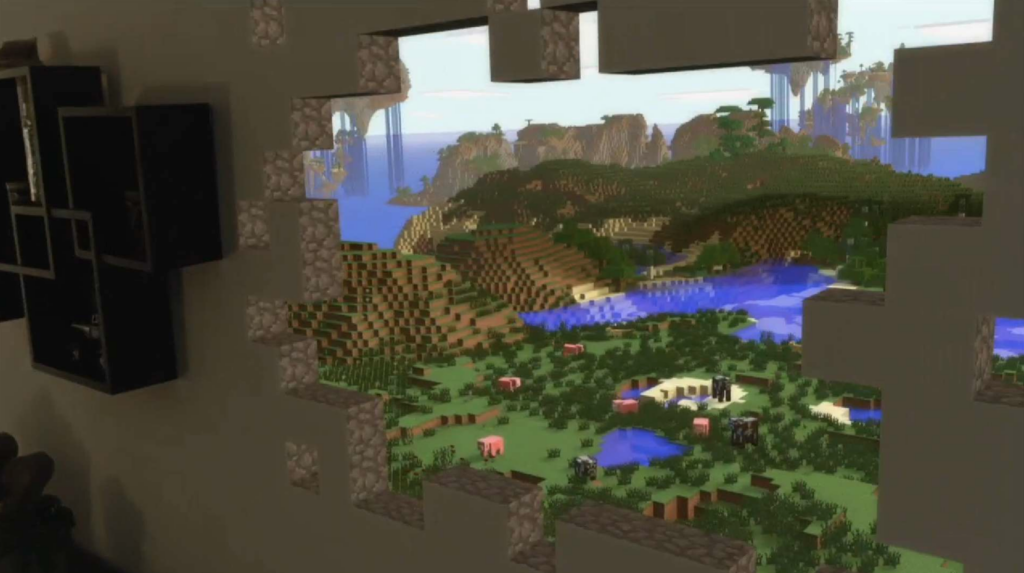So do you think there will be two versions of this ? Stand alone with an apu and hpu and then an xbox 1 with just an apu or something ?
I could see a benfit for the xbox one to have the hololense handle the hud rendering and some for-ground stuff. It be cool to give your screen real depth when playing

I could see a benfit for the xbox one to have the hololense handle the hud rendering and some for-ground stuff. It be cool to give your screen real depth when playing

